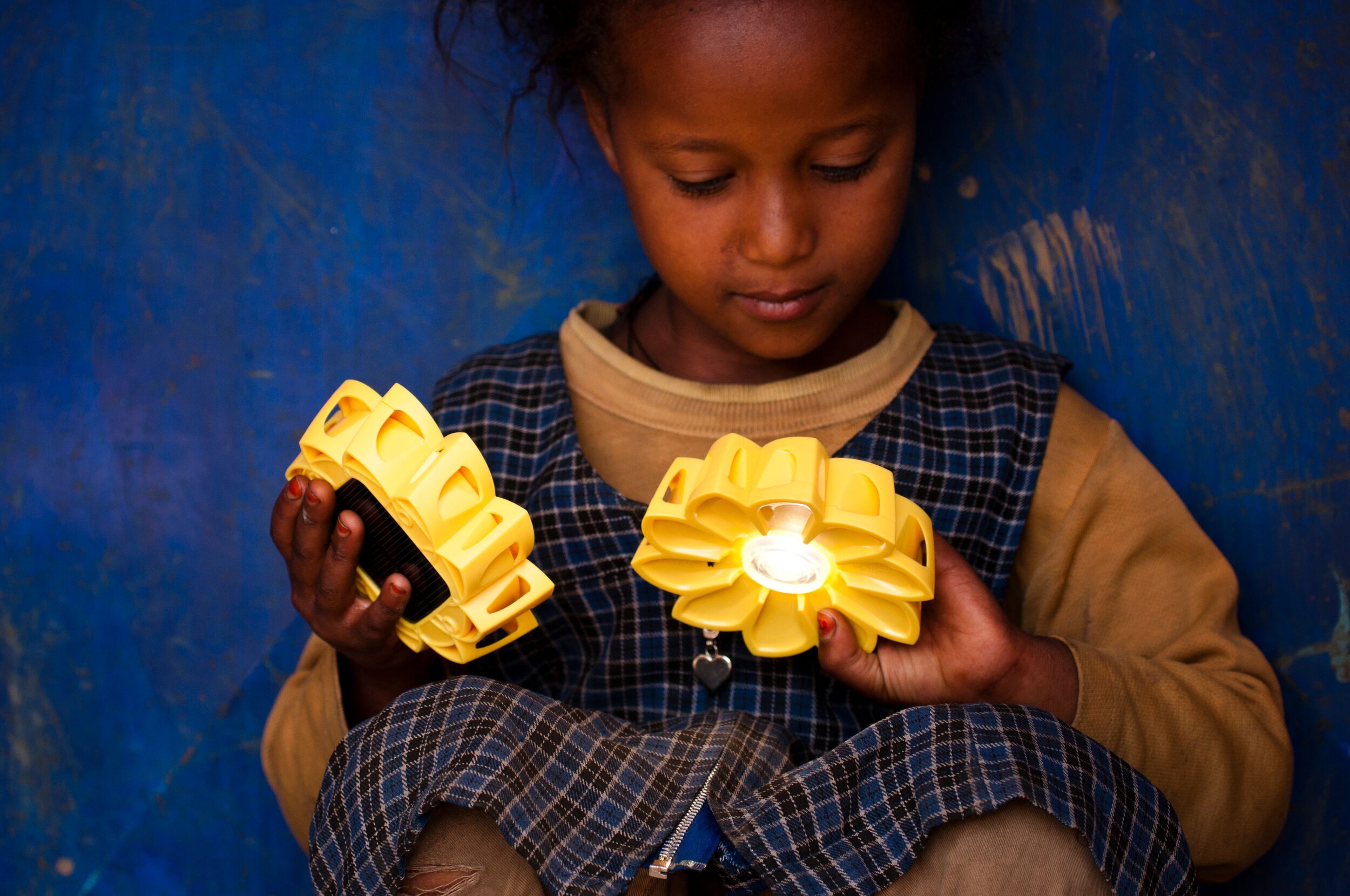Exhibition Review: Olafur Eliasson's In Real Life at Tate Modern
Vicky Stewart explores the sensorial world of Olafur Eliasson and the social media generation that are propelling ticket sales.
If you enter #OlafurEliasson into Instagram and scroll through the 170,416 posts that appear then you have pretty much seen the Olafur Eliasson exhibition at Tate Modern. Enter #AnthonyGormley, who also has a blockbuster exhibition on in London at the moment, and a measly 33,773 posts (at the time of writing) will appear. The Tate really hit that social media marketing sweet spot with a retrospective of Eliasson.
Of course, you should actually go to the exhibition. Look up the Danish-Icelandic artist and you will instantly be enamoured by his sincerity. He is an artist doing the impossible: mixing hope, creativity and climate change. What is not to love?
Eliasson is an artist with an empowering message. In a recent episode for ‘Abstract: The Art of Design’ on Netflix he said art is about collaboration: “you are a co-author with me. The main protagonist. What you see is quite up to you.” Eliasson does not baby the viewer by imposing one interpretation onto an artwork and writing it in the exhibition notes next to the piece. He is trusting us to engage with our senses, make of it what we will. Buoyed up by this message I approached the exhibition with eagerness.
On entering, I was not immediately struck by the art because I felt it was overshadowed by a crowd of people on their phones. Have we have ignored Eliasson’s freedom to explore, as our senses are hidden behind a screen? The viewers were filming every angle, even live-streaming it to social media (only adding to the Tate’s excitement at their excellent PR choices). The kaleidoscope of mirrors was a catwalk for people to strut down whilst begrudging partners were made to film again and again to achieve that perfect angle.
The work entitled “Your Blind Passenger”, a disorientating corridor of yellow mist, was the perfect backdrop for a new zany profile picture. The exhibition leaflet may have suggested “no fixed route” but unfortunately everyone just walked round predictably in the same loop. Saddest of all, instead of feeling the Moss Wall or standing in a misty rainbow, people stood back around the edges. If Eliasson was asking “How do we live together?” then the answer could only be in separation, with one hand always creeping for the home button.
Reaching the final room of the exhibition, the “Expanded Studio”, made me rethink the way I had taken in the exhibition and how I had not truly connected with it. Here we were given an insight into the sprawling creativity of Eliasson and those he collaborates with in his studio. Political statements were scrawled on the walls next to geometric diagrams, building blocks and videos of people interacting with these artworks in real life. This is where Eliasson was turning thinking into doing.
Olafur Eliasson has done that rare thing so few artists accomplish: create a successful living for himself and those he works with. The Eliasson project has leapt impressively forward to first combine art with architecture, and then to think about the ways in which art can help the world through advocacy projects. Sparked by his obsession with light, Eliasson invented the “Little Sun Lamp”, which provides light through solar energy to millions of people around the world who previously did not have access to safe and affordable lighting. In “The Ice Watch” project Eliasson combined rumination on climate change with actually seeing and feeling it through transporting huge blocks of ice to city streets.
I was physically charged up by the way Eliasson spoke about art. I regretted how I had snobbishly and awkwardly declined to engage with the art physically because I was too distracted by the people around me. I was also confronted by the fact that I had not been able to think about the artwork independently until told how to do so by him. I wanted to run back around the exhibition and properly engage with it, to really feel the sense of my own body in nature. Eliasson’s work is hypnotic and enthralling but in the gallery space it is always hard to get past the sense of separation and inhibition.
Maybe we should just be glad people are engaging with the artworks at all, even if it is through phones. Maybe in this modern day looking through an iPhone camera is the most authentic depiction of how humans relate to the world. Another key emphasis of Eliasson’s is that in sharing an artwork’s space you don’t all have to be the same. The act of sharing an artwork is not a solo endeavour but one in which it is important to co-exist with others, even in the sterile environment of the gallery. In the documentary there was a comic moment when Eliasson was reprimanded for filming his own artworks in a gallery, he coolly replied “I am the artist, I’m sure it’s fine.” If Olafur Eliasson sees fit to view through a lens then why shouldn’t we?
Olafur Eliasson’s In Real Life is on at Tate Modern until 5th January 2020.





